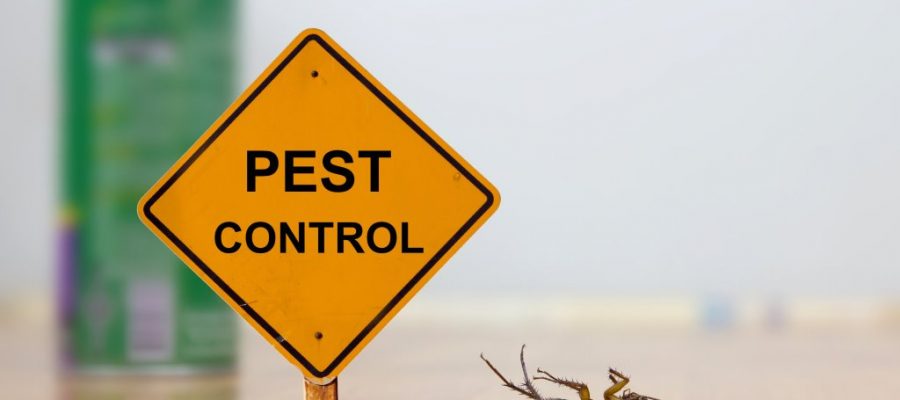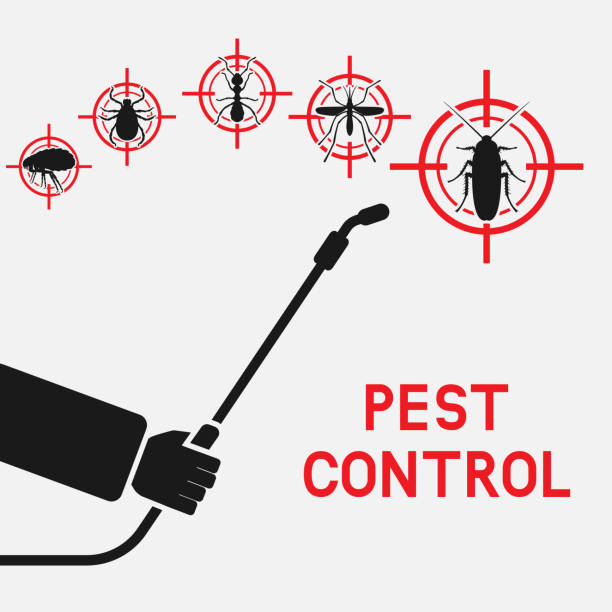Complete Services from Pest Control Lockhart for Any Infestation
Complete Services from Pest Control Lockhart for Any Infestation
Blog Article
Checking Out Invasion and Therapy Approaches on the planet of Insect Control
The landscape of pest control encompasses a myriad of challenges, particularly as infestations of common family insects continue to evolve. By incorporating preventative steps with innovative administration methods, such as Integrated Bug Administration (IPM), home owners can much better safeguard their atmospheres.

Typical Family Vermin
When it comes to handling our home, recognizing typical house pests is vital. These parasites not just disrupt our convenience yet can also pose health risks and damage residential or commercial property. The most prevalent family bugs include ants, cockroaches, rats, termites, and bed bugs.
Ants, often seen foraging in kitchen areas, can contaminate food and establish large colonies. Cockroaches, understood for their durability, can cause allergies and spread virus. Rats, including mice and rats, can cause structural damages and bring diseases like hantavirus and salmonella. Termites, often described as "quiet destroyers," can jeopardize the stability of wood structures, resulting in expensive repair services. Bed pests, although not condition carriers, can trigger considerable discomfort with their attacks and bring about psychological distress.
Acknowledging the signs of these parasites, such as droppings, nests, or attack marks, is important for early treatment (Pest Control Lockhart). Proper hygiene methods, securing entrance points, and preserving a clutter-free environment are reliable preventative procedures. By determining these usual household bugs and recognizing their actions, property owners can take aggressive actions to mitigate infestations, making sure a healthier living setting
Comprehending Parasite Infestations
Parasite infestations can escalate rapidly, transforming a small aggravation right into a significant problem if not dealt with quickly. Typical aspects adding to problems consist of inadequate hygiene, architectural susceptabilities, and seasonal adjustments that drive parasites inside.
Identifying the kind of pest is important, as different species exhibit varied behaviors and reproductive rates. For instance, rats might develop nests in concealed locations while bugs like cockroaches flourish in damp environments. Early discovery commonly pivots on acknowledging signs such as droppings, gnaw marks, or uncommon audios, which can suggest an issue before it comes to be extreme.
Cozy, humid environments can facilitate the fast development of insect populaces, while changes in landscape design or construction can unintentionally develop conducive atmospheres. An informed method to recognizing these dynamics lays the groundwork for reliable pest administration techniques in the future.
Treatment Techniques and Methods
Reliable treatment techniques and methods are essential for alleviating parasite infestations and restoring a risk-free setting. A complex approach is typically best, including chemical, organic, and mechanical strategies tailored to the particular bug and the extent of the infestation.
Chemical treatments include using insecticides and herbicides, which can successfully remove parasites. Nonetheless, proper application and adherence to safety guidelines are essential to reduce dangers to people and non-target organisms. Integrated Insect Administration (IPM) motivates the cautious use chemicals as a last hope, relying instead on monitoring and limit degrees to figure out treatment requirements.
Biological control approaches include introducing all-natural predators or bloodsuckers to minimize insect populaces. This technique is progressively preferred, especially in agricultural setups, as it promotes ecological sustainability.
Mechanical techniques, such as catches and obstacles, provide prompt relief from parasites without introducing chemicals. Options consist of sticky traps for bugs or physical barriers for rats.
Ultimately, the option of treatment technique should take into consideration the particular parasite, the atmosphere, and possible influence on human wellness and environments. A Our site well balanced combination of these approaches can efficiently take care of infestations while advertising lasting insect control remedies.
Preventive Actions for Homes
Proactively attending to parasite issues prior to they rise is important for preserving a healthy and balanced a knockout post home environment (Pest Control Lockhart). Carrying out reliable safety nets can dramatically reduce the possibility of problems, inevitably safeguarding both your residential property and well-being

Appropriate landscaping likewise plays a critical role in prevention. Keeping shrubs and trees cut away from your house reduces the chances of pests finding their means inside. Furthermore, ensure that water drainage systems are operating successfully to stop standing water, which can attract in insects and other insects.
Finally, routine inspections are advisable. Regularly examining for indications of insect activity permits very early intervention. By taking on these preventative procedures, property owners can create a setting that is less hospitable to parasites, consequently enhancing their total high quality of life and reducing the demand for substantial pest control treatments.
Industrial Pest Control Methods
An extensive strategy to industrial pest control is necessary for companies intending to maintain a secure and hygienic setting. Effective approaches involve a mix of regular assessments, employee training, and the application of Integrated Pest Administration (IPM) techniques.
Regular assessments enable early discovery of pest task, permitting timely treatment. Organizations ought to create a regular schedule for these evaluations, concentrating on high-risk areas such as kitchen areas, storage space rooms, and waste disposal websites. Staff member training is equally vital; team should be informed on the indicators of pest infestations and the value of reporting them quickly.
Implementing IPM methods assists minimize pest issues sustainably. This includes habitat adjustment, such as securing access factors and lowering clutter, as well as employing natural deterrents before turning to chemical treatments.

Additionally, teaming up with a qualified parasite control company makes sure accessibility to professional understanding and sophisticated treatment choices. This partnership can result in personalized insect control prepares tailored to the specific needs of the business, reducing dangers and enhancing general efficacy. Eventually, a positive and informed method fosters a pest-free setting, guarding both public wellness and company reputation.
Conclusion
In conclusion, efficient parasite control requires a thorough understanding of typical house insects and their actions, coupled with targeted therapy methods. Executing preventative steps along with treatment techniques such as Integrated Parasite Management and organic control boosts the ability Get More Info to alleviate problems.
Report this page